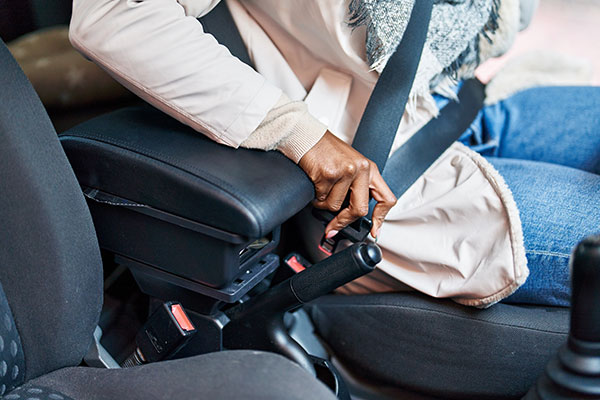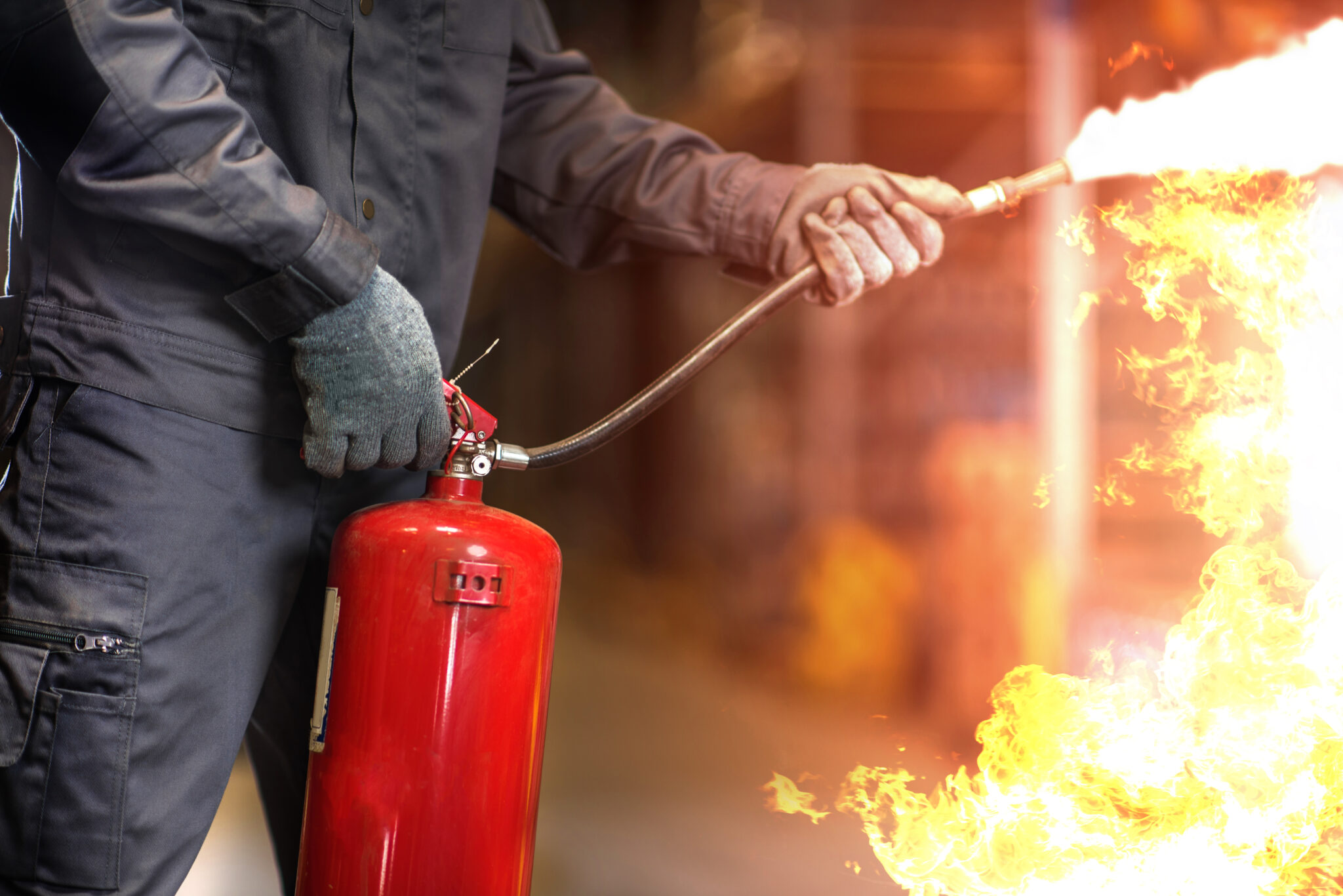
Winter driving can be hazardous if you’re not prepared and experienced. South Africa may not be known for its extreme winter conditions, but cold conditions and adverse weather can still be dangerous for drivers.
Motorists may need to consider measures related to their cars’ condition and driving techniques during these conditions. When driving in extremely cold weather, South Africans can take certain actions to keep themselves safe from road accidents.
Vehicle Checks for Driving in Winter in South Africa
Whether you live in one of our major cities or in the rural Eastern Cape, being prepared for driving on dangerous roads or in bad weather is important. Before heading out for a trip in cold weather, you can make sure your car is prepared by checking these things:
- Coolant & Antifreeze. You can check the coolant level and antifreeze amount to ensure the system is full and has enough anti-freeze. Leaks can also be checked for if you notice the system is not full.
- Defrosting and heating equipment. It’s important to ensure they work. They’re needed for safe driving. It’s also essential that you know how to operate them.
- Exhaust System. Leaks in the exhaust system can be dangerous because they allow toxic fumes to enter the cabin. You can check the exhaust pipe for cracks or holes and make sure the muffler isn’t rattling or leaking. If you hear strange noises coming from under the hood, this could be cause for concern.
- Ice on Driveway. To prevent slips and falls, you can remove any ice and snow from hand holds, steps, and deck plate surfaces which you need to use to enter the cab (or to move about the vehicle) before entering the cab.
- Lights and reflectors. It’s important to make sure the light is clean. It is important to check your reflectors and lights regularly during bad weather conditions to ensure they are clean and functioning properly.
- Wipers and Washer. You can make sure the windshield wipers work properly by checking that the wipers wipe the windshield clear. Otherwise, they may leave streaks on the windshield. You can also make sure the windshield wash system works and contains cleaning fluid. It is a good idea to use warm windshield washer fluid because it can freeze. If you can’t clearly see out of the windshield while driving, you can then pull over safely and fix the problem immediately with the warm solution.
- Radiator Shutters & Winterfront Grille. You can remove ice off the radiator shutters before driving. It’s also a good idea to ensure the winterfront is not too tightly closed. If the shutters get frozen shut or the winterfront gets too tight, the engine could overheat and stop. And if you don’t have a winterfront, it may be a good idea to get one.
- Tyre Pressure. Tyre pressure should be checked regularly. Tread depth should be maintained at least 3mm deep. Tyre pressures should be checked every time the tyre is rotated.
- Windows and Mirrors. You can remove any ice, snow, or debris from the windshield, windows, and mirrors before starting the engine. It’s a good idea to avoid using a windshield scraper or windshield defroster unless absolutely necessary. The goal is to be able to see clearly and communicate with other motorists easily.

Driving Techniques to Use on South Africa’s Roads in Winter
Safe driving in bad weather conditions is very important if you want to avoid an accident or damaging your car. You can use these techniques and advice from Arrive Alive to ensure the safety of your passengers and vehicle.
- Slippery Surfaces. Motorists need to drive carefully on slippery roads. If they’re too slippery, stop immediately. Don’t try to drive through them.
- Attention. It is important to keep both eyes on the road and your hands on the steering wheel if you want to stay focused on driving safely.
- Pace. Start slowly and gently. Don’t rush into things.
- Turning. When making a turn, adjust turning and braking to conditions. Be careful not to brake too hard or too gently.
- Adjust your speed according to conditions. It is important not to drive faster than necessary and to remain observant of the surrounding vehicles. Watch out for ice patches on the roads. Drive slowly and smoothly. Brake if needed.
- Adjusting space to conditions. Don’t drive right next to other vehicles. Keep a larger space between you and the car in front of you. When you see a traffic jam ahead, slow down or stop and wait for it to clear. Try not to get too close to other cars.
- Be careful of wet brakes. When driving in heavy rains or deep standing water, brake pads may begin to wear out quickly. To avoid this problem, make sure your car is equipped with antifreeze fluid. Antifreeze will keep your brakes cool and prevent them from overheating.
- Driving through Streams or Rivers of Water. If you must drive through deep water, slow down, put your transmission in neutral, and gently press the accelerator pedal to the floor. Let off the brakes and coast across the stream. When safely out of the water, accelerate until your speed matches the flow rate of the river again. Make a test stop before reaching the end. Check both sides of the road ahead to see if anyone is coming. Then apply the brakes lightly to be sure they’re working properly. If not, dry them out further, as described above, then proceed cautiously. (CAUTION: Never apply full braking force and acceleration at the same time; this may cause overheating of the brakes.)

Safer Winter Driving Tips from USA Government Agencies
We want to recognize that there are people out there who drive on snowier and icier roads than us. We’ve gathered some important information from road safety experts in America so that we can provide useful advice for “what if” and “what to do in specific dangerous situations.”
How to Drive Carefully on Icy Roads
- When driving, slow down and leave yourself enough room to stop safely. Allow three times more space than normal between you and the vehicle ahead of you.
- To prevent skidding, use gentle braking pressure when slowing down. If your tires start to spin, ease off the brakes.
- If you turn on your headlights, you’ll be able to see better than if you don’t.
- Clean your car regularly.
- Keep traction by using lower gears when driving uphill.
- Don’t use cruise controls or overdrives when driving on ice.
- If you’re driving through snowy regions, be extra cautious when driving on bridges, overpass and infrequently travelled roads. These types of roads tend to freeze before others, so even though they may not be below freezing, they could still contain ice.
- You shouldn’t pass snowploughs and sanders because they have limited visibility and may be driving through an even worse situation than the one ahead of them.
- Don’t assume your car can handle any condition. Even four-wheel-drive cars can get stuck in snow.
What to Do if Your Rear Wheels Start to Skid
- Stop pushing so hard.
- To turn in the direction you want your car to travel, steer into the direction you want the vehicle to move. If your back tires are slipping to the left, steer left. If they’re slipping to the right, steer right.
- If your rear tires start slipping sideways when you’re recovering from a turn, ease the steering wheel away from that side. You may need to steer left and right several times before your car is back in line.
- Pumping your brakes gently if they’re standard brakes will help prevent brake fade.
- If you have ABS, don’t pump the brakes. Apply constant pressure to the brakes. They will pulsate slightly. This is normal.
What to Do if Your Front Wheels Start Sliding Out from Under You
- Slow down and take your foot off the gas, but don’t try steering right away.
- It may be tempting to slam on the brakes when the car begins to spin out of control. However, if you take your foot off the gas pedal, the tires will regain traction and the car will stop spinning. When the car stops spinning, you can then drive at a normal speed again. If you keep your foot on the gas pedal, the car will continue to spin until it stalls completely.
What to Do if You Get Stuck
- Don’t keep spinning your wheels. You’re just digging yourself in even further.
- To clear off the snow from your car’s tires, turn them from side to side several times.
- Be gentle when accelerating; use a light touch on the accelerator pedal to help your vehicle accelerate smoothly.
- Clear away any snow from under the car so that it doesn’t get stuck.
- Put some sand, cat litter, gravel, or salt in the path so the tires can grip better.
- Don’t forget to check your owner’s manual before trying any tricks. It might damage the transmission on some cars. Give the car a gentle push when shifting into reverse and then into drive. Repeat each time you’re in gear.
What to Do if You Get into an Accident
First, it’s important to contact emergency services like an ambulance, tow truck, or the SAPS. If someone is injured, that should take priority.
Second, you can contact your car insurance provider to inform them of the event. Some insurance companies offer emergency services and can help you with step one. It’s important to familiarise yourself beforehand with the right phone numbers to call.
If you don’t have insurance for your car, an unforeseen event could cost a fortune. It’s a good idea to get your vehicle insured as soon as possible. You can start by filling in the form on this page for a free quote from a reliable South African insurance provider.
Insurance.co.za Content Team
We’re a specialist team of insurance and finance copywriters and content producers. The Insurance.co.za Content Team is a flexible and dynamic team. Hence we publish our content under the Insurance.co.za brand name rather than our personal names.
Other posts





